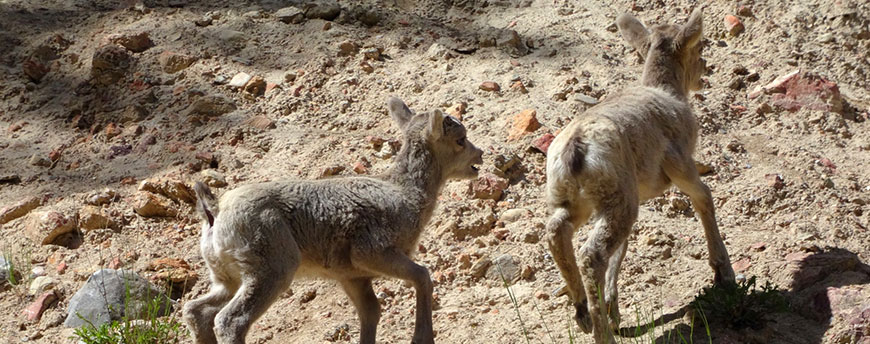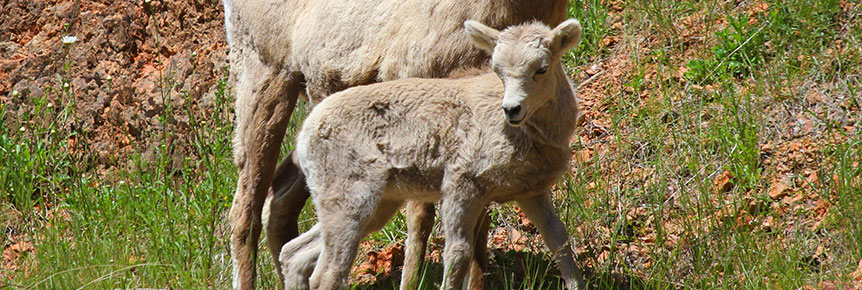
Sinclair Restoration
Kootenay National Park
Parks Canada is restoring and maintaining open forest and grassland ecosystems in the Sinclair Canyon area.
The goals of the Sinclair restoration project are to:
- enhance spring and fall range for Rocky Mountain bighorn sheep
- enable wildlife to move freely up and down the canyon
- restore habitat for species at risk, including rubber boa snake and limber pine
- reduce the threat of wildfire to park facilities and the Village of Radium Hot Springs
Restoring and reconnecting habitat
The open habitats on the south-facing slopes of Sinclair Canyon provide important transitional habitat for bighorn sheep moving between their summer and winter ranges. Female sheep, or ewes, also travel through the area to access remote lambing sites high on Mount Berland. Years of fire suppression had converted much of this open habitat to a closed forest. Space for sheep decreased, while the risk of intense wildfire increased.
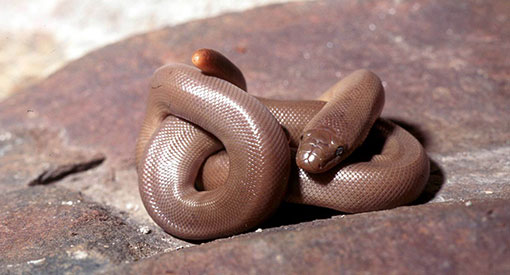
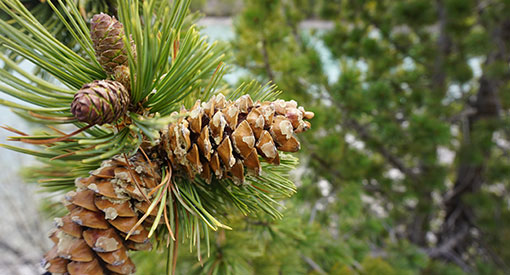
Rubber boa and limber pine are rare species who live in Sinclair Canyon and depend on fire-created open habitats to survive.
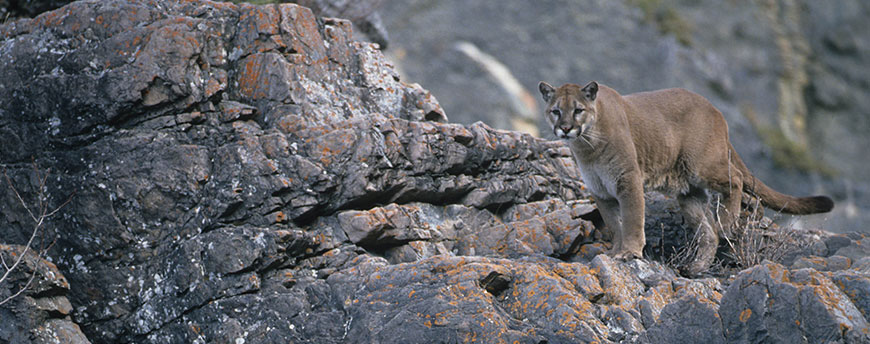
The Sinclair valley is a wildlife corridor for animals travelling between the Columbia and Kootenay valleys. Various buildings and the highway located within this steep, narrow canyon restrict animal movement, especially for wary species such as wolf, cougar, grizzly bear and bobcat.
Restoration steps
1. Removing the buildings:
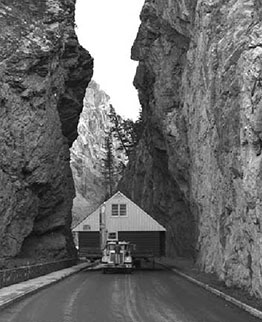
- 2000-2002: commercial cabins and a park warden residence were removed from the canyon.
- 2013-2014: Radium Hot Springs Lodge and the old superintendent’s house were demolished and hazardous materials removed. The site was rehabilitated using natural rock fill to restore habitat for rubber boa, and reseeded with native grasses.
2. Thinning the forest:
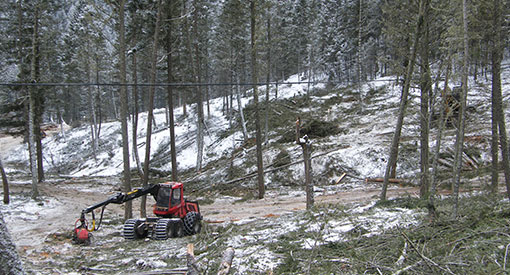
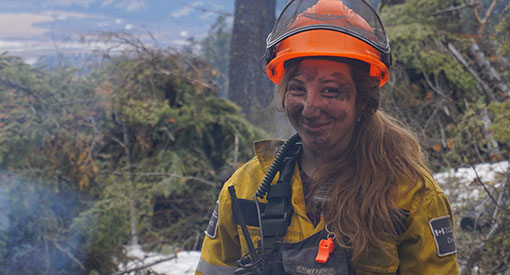
- 2013-2014: crews carried out hand and mechanical thinning adjacent to the old lodge site to remove small trees and make the area safe to burn.
- 2016: crews continued hand thinning on the slope of Mount Berland
3. Restoring fire:
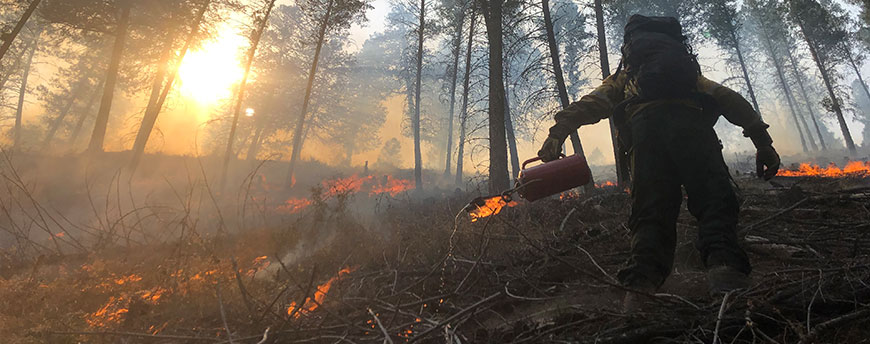
- 2017: Parks Canada fire crews ignited the first in a series of planned low-intensity fires in the Sinclair restoration area.
- Every 20-30 years, fire crews will burn the area to mimic the historic pattern of fire, maintain open habitats for wildlife and enhance the growth of native grasses.
4. Planting limber pine seedlings:
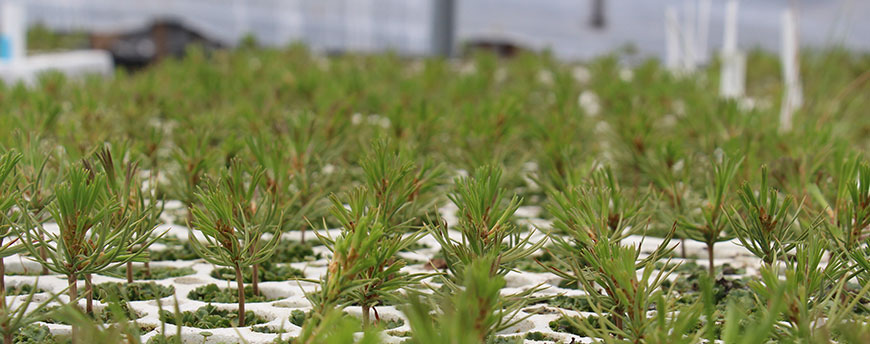
- Summer 2015/2016: park staff collected seeds from an existing limber pine stand and sent them to a nursery to grow into seedlings.
- Fall 2017: the limber pine seedlings were planted on the slopes above the canyon.
5. Monitoring success:
- Park staff conduct surveys to monitor bighorn sheep movements in the canyon.
- Wildlife cameras record which species use the area, including wary nocturnal animals like cougar and bobcat.
See for yourself
Go for a Walk: Stroll along the Juniper Trail into the restoration area.
Soak or Sit: Soak in the hot pools or recline in a red chair and enjoy a view of the restored open forest and grasslands. Watch for bighorn sheep in the fall and spring.
Other links to:
Related links
- Date modified :
